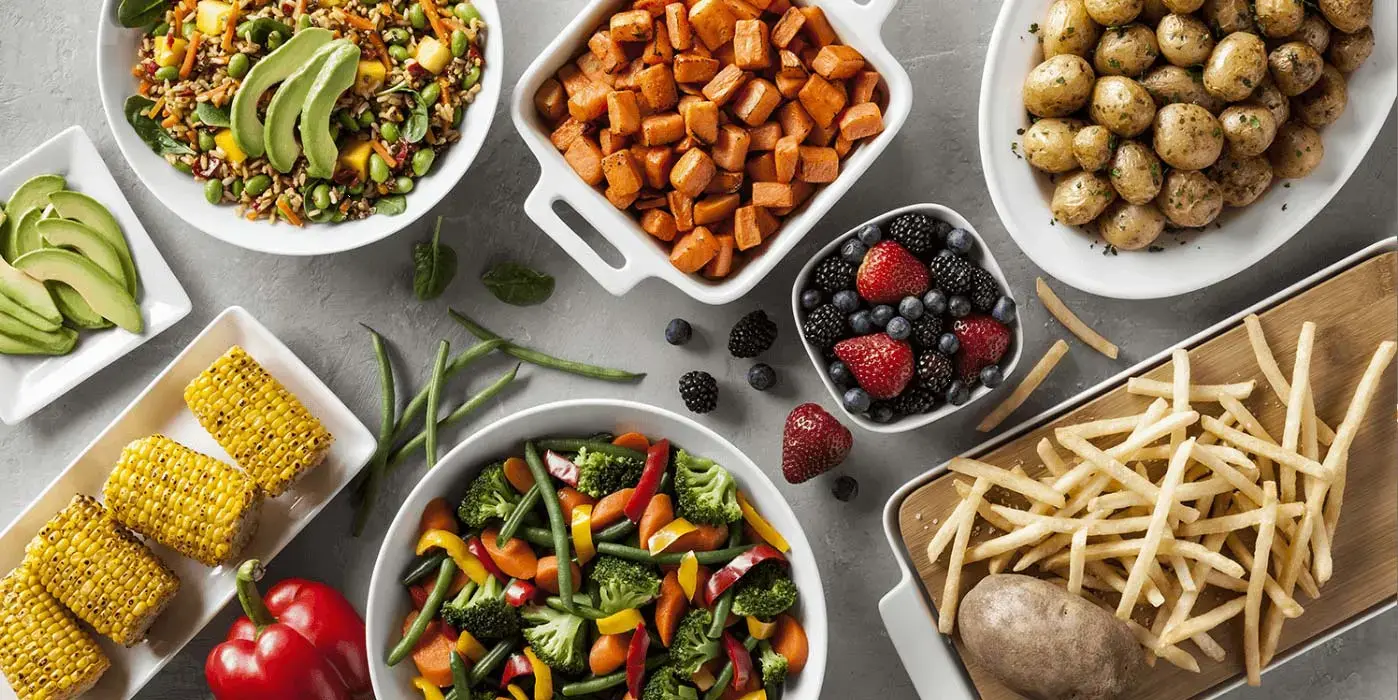Food Trends
Lifecycle of Flavors: From Unknown to Mainstream
May 19, 2019
Poached egg with Za'atar. Credit: Flickr
Remember when pesto was the new thing? Here comes yuzu and gochujang!
New flavor profiles don't just appear suddenly, they start out with very low adoption and grow into menu standards. In a process that generally takes years, what is now mainstream likely once was a food you never heard of, or at least never saw on a restaurant menu.
Datassential has identified a four-stage process they call the Menu Adoption Cycle™. The four stages are Inception, Adoption, Proliferation and Ubiquity and demonstrate how foods can be new to consumers, get known and then move to nearly universal availability.
How does a flavor or food move through these cycles? Amazingly, 70% of US consumers say that their food preferences are driven primarily by what they encounter on restaurant menus.1 But beware of rapid adoption of every new flavor trend because research shows that 70% of trends never move out of their Inception status to gain wider demand and adoption in the consumer market.2
The difference is whether the food or flavor is just a fad or truly a trend.3 Fads are media-driven and see super rapid growth, but with limited true need, quickly fizzle (think poke bowls). Trends are restaurant-driven, grow steadily and because they fill an actual need across many restaurant segments, become staples (think plant-based meat substitutes).
First stage: Inception
Inception of a new food or flavor occurs in those restaurants consumers seek out for that unique flavor profile, that new menu item. These kinds of experiences often occur at ethnic restaurants and in fine dining establishments, where waiters explain the unique characteristics of these foods and seasonings you likely have never heard of. You may find the ingredients in ethnic markets or in the ethnic aisle of a higher-end grocery store.
Inception flavors and foods are authentic, traditional preparations that may duplicate, or echo, their roots.
What's in this stage now?
- Yuzu: Very tart citrus fruit
- Za'atar: Middle eastern herb, spice and salt mixture
- Togarishi: Small, hot, red Japanese chili and chili spice mix
- Aji pepper: Peruvian hot pepper
- Gochujang: Savory, sweet fermented chili paste
- Freekeh: Green durum wheat
- Bee pollen: Pollen collected by bees before conversion to honey
Only 30 to 40% of foods in the Inception stage move on to Adoption,4 so no need to rush to add these to your menu, but it's a good idea to keep an eye on them.
Second stage: Adoption
In Adoption, about a third of consumers have at least heard of the food, and awareness proliferates through farmer's markets, specialty grocers and gourmet food stores. You may find the item featured at Whole Foods or upscale grocery stores like Wegmans and Albertson's Market Street.
Restaurants like The Cheesecake Factory and Panera, as well as local food trucks, gastro pubs and chef-casual restaurants add it to their menus.
Adoption-stage foods and flavors start to apply the new idea in different ways, losing perhaps a bit of authenticity but making it up in culinary creativity.
What's in the Adoption phase today?
- Farro: Old-world type of wheat
- Harissa: Tunisian hot chili paste
- Charcuterie: Cured and prepared meats such as confit, pate, hams, sausages
- Kim chee: Korean salted and fermented cabbage and other vegetables
- Giardinara: Italian pickled vegetables
Making it to this stage means the food is highly likely to be successfully adopted into the main stream; about 60-70% of foods in this stage move to Proliferation.5
Interested in staying ahead of the trend? Start thinking of how to adapt your menu to include these offerings.
Third stage: Proliferation
Now we start to see this food or flavor widely available, easily located in traditional grocery stores, in casual dining chains and in quick service restaurants like Wendy's and TGI Fridays.
With Proliferation also comes a bit of dilution from the original form, with these foods shifting their flavor profile to one more familiar to large segments of the population.
It's clear that the masses have accepted these foods as their own:
- Hummus
- Quinoa
- Beets
- Greek yogurt
- Fresh mozzarella
These foods are highly likely to move on and complete the cycle, with 80-90% of these foods reaching ubiquity.6 These are foods you may want to consider adopting into your menus.
Fourth stage: Ubiquity
Now fully mature, these foods likely have lost a significant amount of the character they displayed in the Inception phase. These foods are available at Denny's and Walmart, Dollar Stores and in corporate and hospital cafeterias.
Once novelties on restaurant menus, now they are mainstream. Yes, not long ago, these weren't really on restaurant menus!
- Mac & cheese
- Loaded fries
- Pesto
- Maple
- Oatmeal
- Cupcakes
When should you adopt new flavors and foods? Try on a few for size in a "special of the day" and see how your customers react to the new and different tastes these foods offer.
1, 3, 4, 5, 6, 7 Datasssentials: The Menu Adoption Cycle: a framework for predicting food trends
2 Simplot Foods Webinar: 2019 Top Foodservice Flavors /Foods to Watch and How to Leverage Them
